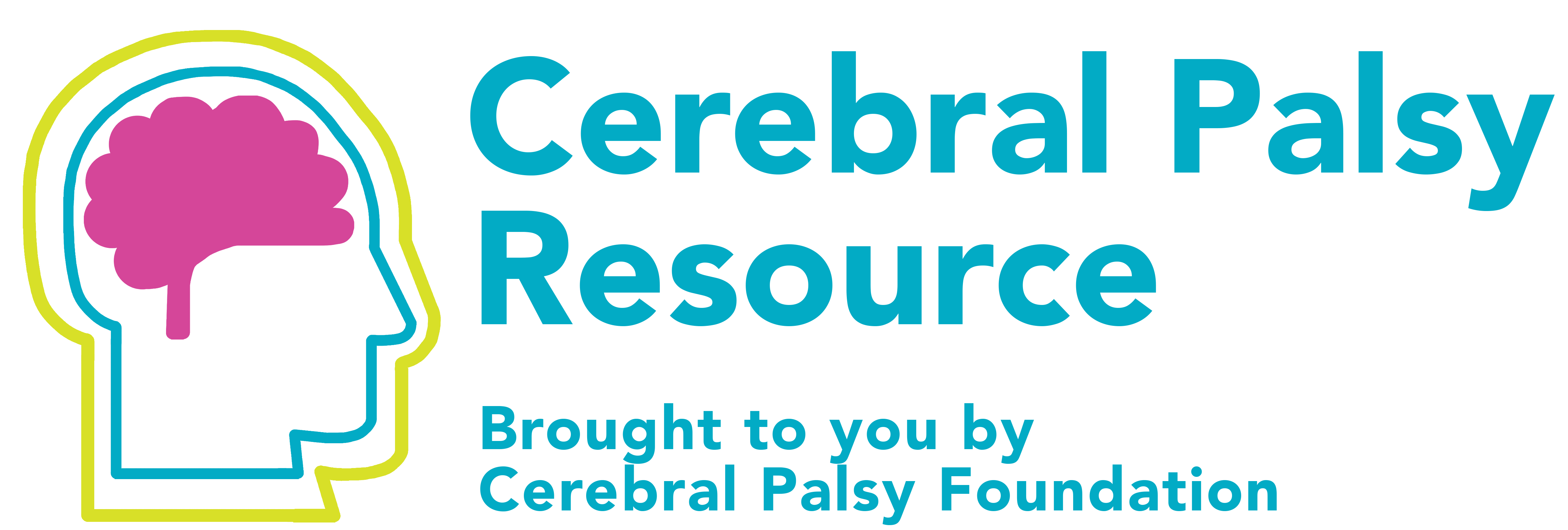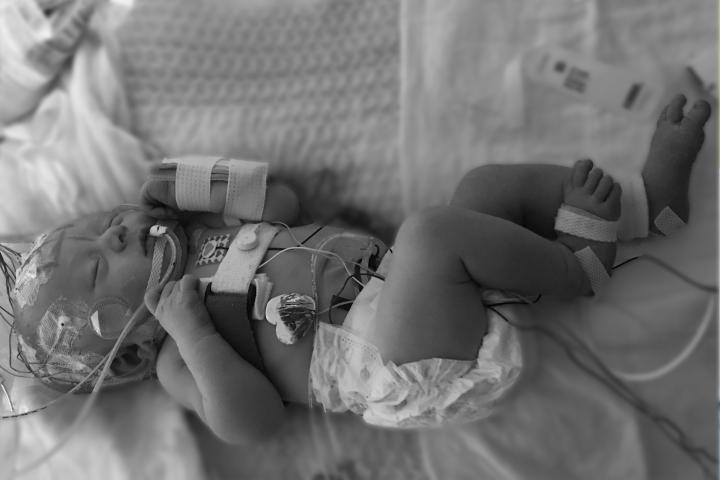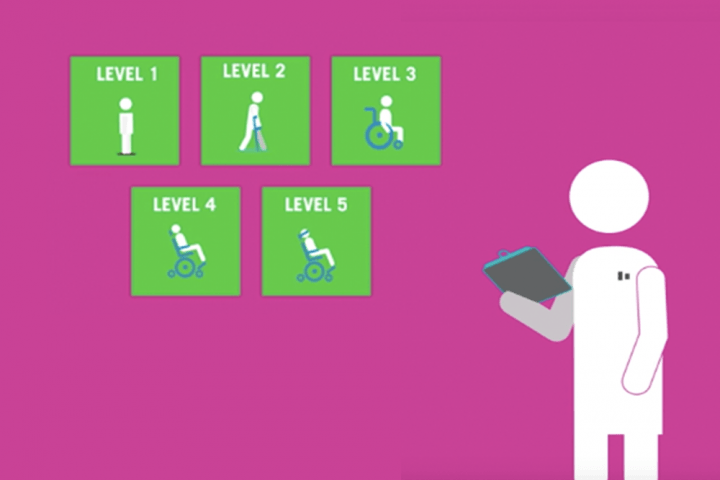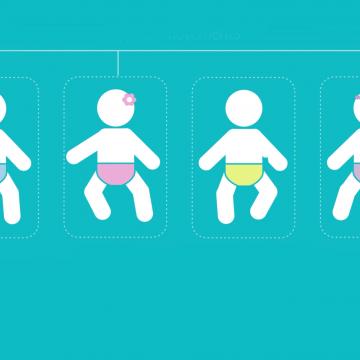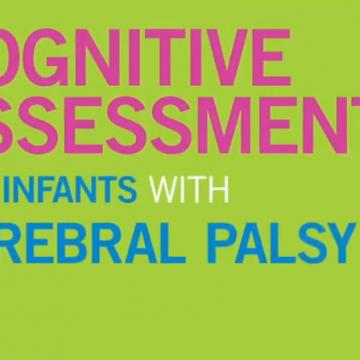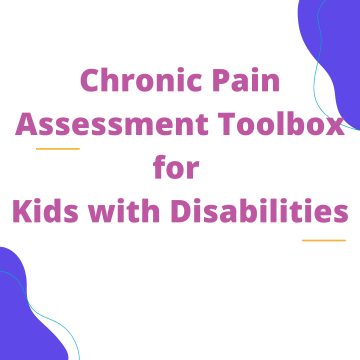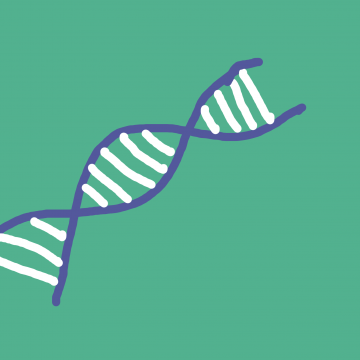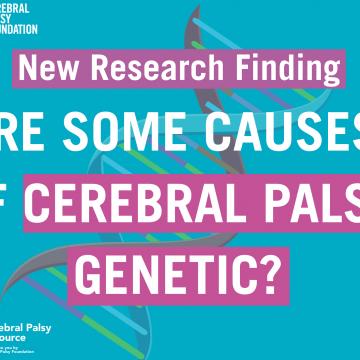
Clinicians utilize a variety of tests and assessments to diagnosis and determine the specific cause of cerebral palsy. They also use tests and assessments to help determine the severity of the symptoms and associated conditions, as well as monitor changes and track progress over time. Tests and assessments are often used in research to help researchers understand if treatments or therapies are effective. This section will provide information about a variety of tests and assessments that can be used to diagnose cerebral palsy, determine severity, determine functional capability at a given point in time and track progress or change over time.
-
Recommended Resources
Can Genetic Testing Help You or Your Child? If you or your child have cerebral palsy where the cause is unclear, there are no-cost genetic tests and no-cost genetic counseling that can help answer some of these questions.
Doctors utilize a variety of medical tests to help diagnose cerebral palsy and often, based on the results of the tests, get a better understanding of the type of cerebral palsy someone has. These tests can also help rule out if someone has something other than cerebral palsy, such as a metabolic or coagulation disorder. These diagnostic tests include brain imaging studies, laboratory tests and electroencephalogram (EEG). Clinicians also use assessments for infants at high risk of cerebral palsy which look at the way the baby moves and which predict cerebral palsy.
-
Expert Videos
How do you Diagnose Cerebral Palsy? "Cerebral palsy is primarily a motor impairment so it's really important to look at what the child’s motor function is. Are they developing on the trajectory of a child who has cerebral palsy or are...
It is important to understand the severity of cerebral palsy and how it impacts how someone functions in different life situations. Evaluations will look closely at motor skills, posture, muscle tone, reflexes and evaluate movement or motor delays and differences. Through this process, clinicians can use assessments to make predictions about how cerebral palsy may impact a child, plan services and intervention. Assessments can also be used to look at progress over time and often are used in research.
Check back soon as we are adding more articles and resources surrounding functional scales and assessments.
-
Expert Videos
What is Gross Motor Function Classification System 
These videos cover a range of topics related to tests and assessments for cerebral palsy and the many ways it can impact someone's life.
-

What is the General Movements Assessment? -

Cognitive Assessments for Infants With Cerebral Palsy -

Gait Patterns in Cerebral Palsy Fact Sheet -

Understanding Hip X-Rays -

Use of Segmental Lengths for the Assessment of Growth in Children with Cerebral Palsy -

Pain Assessment Toolbox for Kids with Disabilities
-

Screening & Diagnosis of Cerebral Palsy Diagnosing cerebral palsy (CP) at an early age is important for the long-term outcome of children and their families. -

Is Cerebral Palsy Genetic? To give you an idea about genetic variation between each of us, there are about three million differences in our genetic code. They go to influence the color of our hair and the color of our eyes, the way we walk. -

Key Facts - Gross Motor Severity CP describes a spectrum of conditions that affects individuals in many different ways. Your care team may use the term GMFCS which stands for Gross Motor Function Classification Scale and is used to describe what mobility aids your child may need to complete certain tasks.
-

Episode 5: Let's Talk CP. What is Genetic Counseling and How Can it Help Your Family? -

Episode 4. Let's Talk CP. Cracking the Cerebral Palsy Genetic Code Part 1 with Dr. Michael Kruer, Physician Scientist at Phoenix Children's Hospital -

Episode 7. Let's Talk CP. Cracking the Cerebral Palsy Genetic Code Part 2 with Dr. Michael Kruer, Physician Scientist at Phoenix Children's Hospital -

Episode 3: Cerebral Palsy Health. Amy Bailes, PhD, PT, PCS: ABC's of CP
-

Firm Evidence That Many Cases of CP may be Caused by Genetic Mutations: What Does This Mean for Families? An international study recently published in the journal Nature Genetics has provided the first firm evidence that for a substantial number of people, their cerebral palsy (CP) may be caused by a genetic mutation, or mis-spelling in the body’s DNA blueprint. -

Mutations Disrupting Neuritogenesis Genes Confer Risk for Cerebral Palsy. "In addition to commonly associated environmental factors, genomic factors may cause cerebral palsy. We performed whole-exome sequencing of 250 parent–offspring trios, and observed enrichment of damaging de novo mutations in cerebral palsy cases." -

Optimizing Health and Wellbeing Across the Lifespan Though the initial insult or injury to the brain that causes cerebral palsy is non-progressive, aging with cerebral palsy and lack of physical activity during critical periods of development can impact biologic and metabolic function for adults with cerebral palsy. -

Stability of the Gross Motor Function Classification System in Children and Adolescents with Cerebral Palsy: A retrospective cohort registry study The GMFCS can be a helpful tool in clinical and research use and has been shown to be stable and accurate over time. It can also help individuals and families better understand cerebral palsy. -

Stability of the Gross Motor Function Classification System, Manual Ability Classification System, and Communication Function Classification System The GMFCS, MACS and CFCS are all tools used by therapists and researchers to help classify the functional capabilities of individuals with CP. This research article provides evidence of their stability over time. -

Caregiver Knowledge and Preferences for Gross Motor Function Information in Cerebral Palsy This study highlights caregiver knowledge and preferences to understanding the GMFCS and how that information should be relayed from clinicians.
